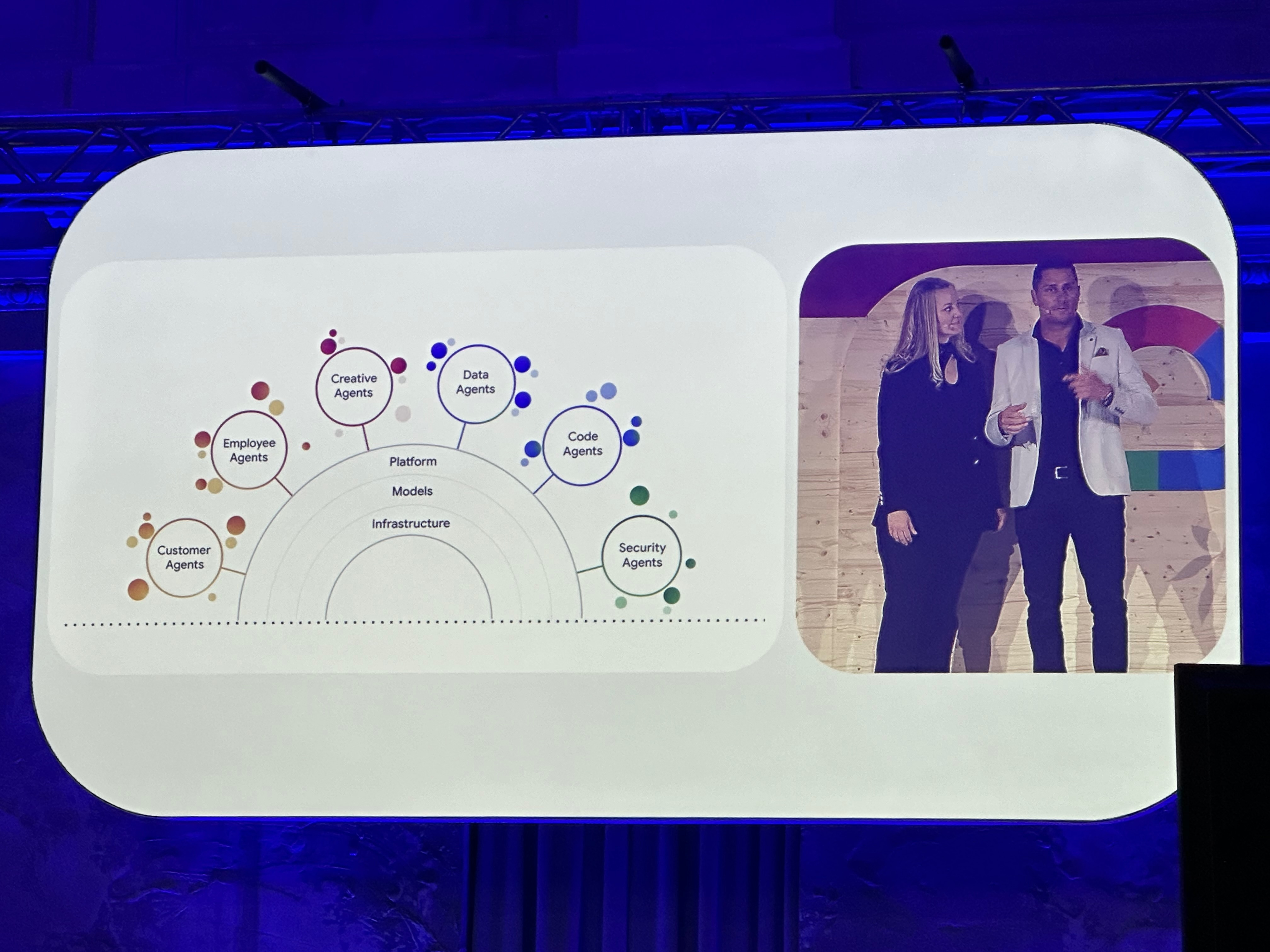
Why Some Multi-Agent Systems Fail — And What sunrAI Does Better!
A recently published paper has sparked broad discussion within the AI community.
The paper „Why Do Multi-Agent LLM Systems Fail?“ dives deep into why many currently available Multi-Agent Systems (MAS) fall short in real-world applications. Interestingly, the issues identified don’t apply to the sunrAI system, as it’s fundamentally designed and implemented differently. Below, we walk through the most common shortcomings of MAS and explain how sunrAI addresses or avoids each of them.
1. Faulty Agent Roles Based on Human Job Titles
Many MAS approaches structure their agents to reflect human job functions (e.g., “CEO Agent,” “Marketing Agent,” “Sales Agent”). But this often ends up like a “role play,” where one core model wears different hats: since all agents share the same base LLM and differ only in prompt formatting, they lack true specialization or real-world experience.
Ironically, in 2024, even major tech players like Google pushed this approach forward.

sunrAI, on the other hand, avoids these surface-level distinctions. Its agents are designed based on real project needs, workflows, and data flows — such as “Data Collection,” “Data Validation,” “Data Filtering,” “Data Reconstruction,” “Quality Control,” and “Result Delivery.” Each agent may use custom models or data sources and can become more specialized over time by collecting feedback and experience. That’s how true expert agents emerge.
2. Disorganized or Non-Existent Collaboration Logic
Many MAS solutions look like LLMs talking to each other with little structure — and the final output is often just a summary of their back-and-forth. It’s like a group discussion among students from different majors, with no clear roles, responsibilities, or defined process.
In contrast, sunrAI employs a well-thought-out, “company-like” architecture tailored to the task at hand. Agents only interact if their outputs are truly interdependent. Others are assigned to oversee efficiency and quality across the system. This creates a clear hierarchy where each sub-task is handled precisely and cooperation is tightly managed. The architecture can also be adjusted to prioritize speed, accuracy, learning behavior, or evaluation methods.
3. Full Autonomy Without a “Human in the Loop”
In many MAS, the entire task is handed off to the agents after a brief instruction. If the input is unclear or data is outdated or inadequate, the agents make assumptions and produce results — but often miss the actual goal or context.
It’s much like real employees in a company: unclear briefings and poor information, combined with no leadership or feedback, lead to questionable results.
sunrAI actively involves humans at all key stages. If the system detects uncertainty, lack of clarity, or quality issues (based on a built-in “self-confidence score”), it can request approval or more input. This “Human in the Loop” approach helps avoid dead ends and allows for continuous course correction.
4. Lack of High-Quality, Domain-Specific Data
Most MAS implementations rely on basic Retrieval-Augmented Generation (RAG) — but often without validating if the retrieved content is accurate or relevant. Without a strong data foundation, agents rely on incomplete or misinterpreted sources at best.
sunrAI puts a strong emphasis on high-quality data. Before any project begins, all relevant sources are collected, labeled, and thoroughly prepared. Its agents prioritize clean, reliable, and well-structured information. Throughout the process, data quality is continually reviewed and updated. Verified insights feed back into the system, creating a “snowball effect” — strengthening both the knowledge base and the system’s overall capabilities over time.
Conclusion
The challenges highlighted in the paper explain why many MAS solutions fall short today. sunrAI avoids these pitfalls through task-specific agent roles, a structured and adaptable collaboration logic, integrated human feedback loops, and a robust, domain-focused data foundation. As a result, sunrAI is unaffected by the issues described in the paper and offers a far more stable and scalable approach to multi-agent systems.

